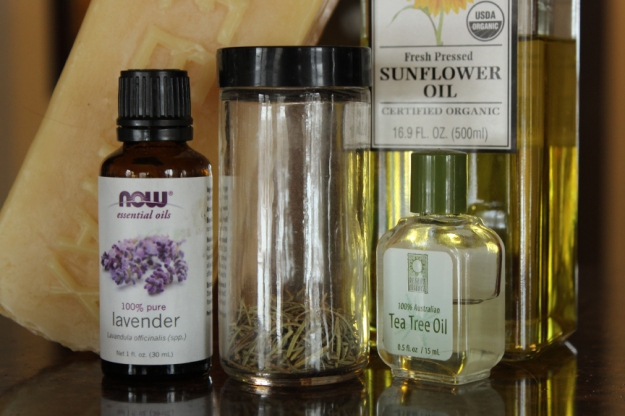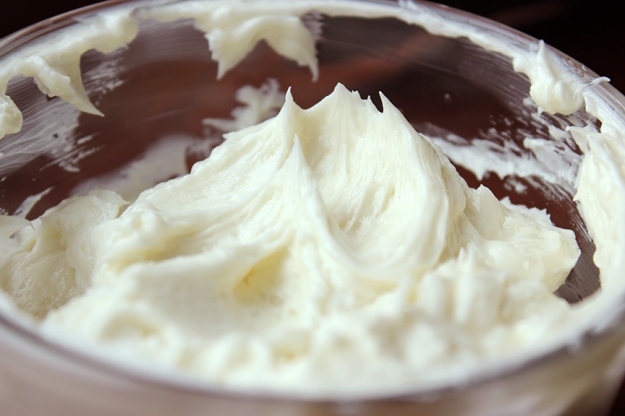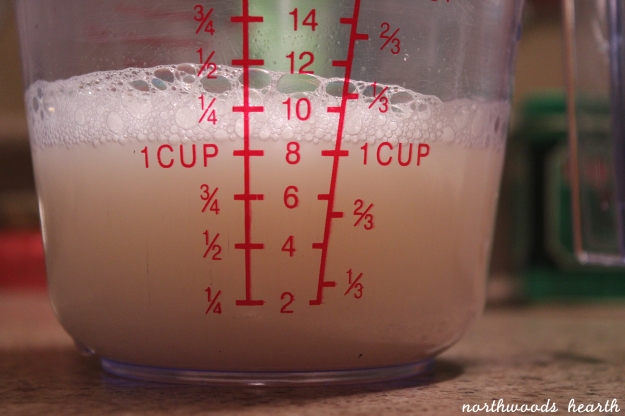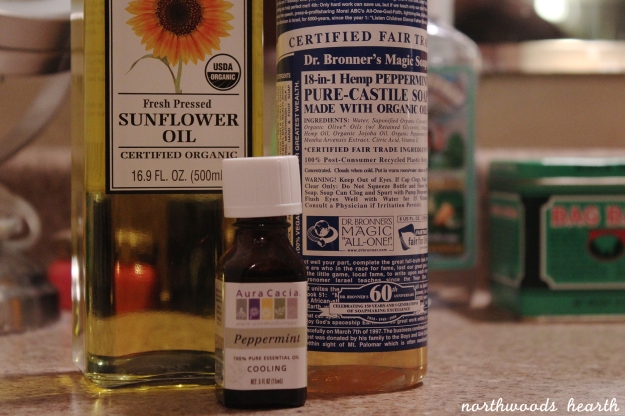I have a tendency to get break-outs on my jaw. (Probably because I always rest my chin on my hand.) Commercial acne creams get rid of the pimples, but leave my skin raw and red. So I went looking for a simpler, more natural solution.
Tea Tree Oil is naturally anti-bacterial as well as anti-fungal. On it’s own, tea tree oil is too potent to be applied directly to skin. So, dilute it in distilled water and you’ve got a simple, natural acne treatment. It doesn’t work as quickly as commercial products do, but studies have found that when it’s used consistently over time, it is just as effective as products like benzoyl peroxide.
When I started experimenting with natural treatments, I knew I wanted more than just tea tree oil and water. Mainly because I don’t like the smell of tea tree oil. It’s like a pine tree and a eucalyptus plant had a nose assaulting demon baby. Diluted in water, the small is not too strong and is much more bearable. But it’s still that smell. So I added lavender oil to my toner. It tempers the smell of the tea tree oil, and lavender oil is also a natural anti-bacterial agent. Together, they actually smell quite nice.
Ingredients:
Distilled Water
Tea Tree Oil
Lavender Oil
A clean, sterile container
Vegetable glycerin (optional)
Directions:
For every 1 oz of distilled water used, add 10 drops of tea tree oil and 5 drops of lavender oil. To help the oil and water bond, and to add moisturizing properties to the toner, you can add 3-5 drops of vegetable glycerin. Store the toner in a small, clean container. For mine, I used an empty purse-sized hand sanitizer bottle. I recommend making this toner in smaller batches – 3oz or less at a time.
To Use:
Use at night only. (Tea tree oil + sunlight = red, irritated skin.) Wash your face with a gentle cleanser first. Rinse and pat dry. Shake the toner well and squirt onto a cotton ball or a q-tip. Apply directly to acne affected areas only. Do not apply to your whole face. You will feel a mild tingling, similar to applying menthol or vapor rub. (If it becomes painful or causes redness/irritation, rinse your face with soap and water to remove the oils.) With clean hands, apply a moisturizer after using the toner. Wash your face in the morning to remove the oils, and go about your morning routine as usual.
Other tips:
1. Washing your face daily (morning and night) with a mild cleanser is important for preventing acne – if you don’t remove built up dirt and germs, it gets into your pores and creates the irritation that becomes a pimple.
2. Apply a moisturizer after washing your face. It helps seal out dirt and germs, and it keeps your skin hydrated and refreshed.
3. Make sure you are drinking a lot of water! I drink 2 liters a day, and when I don’t get that, my skin really shows it.









